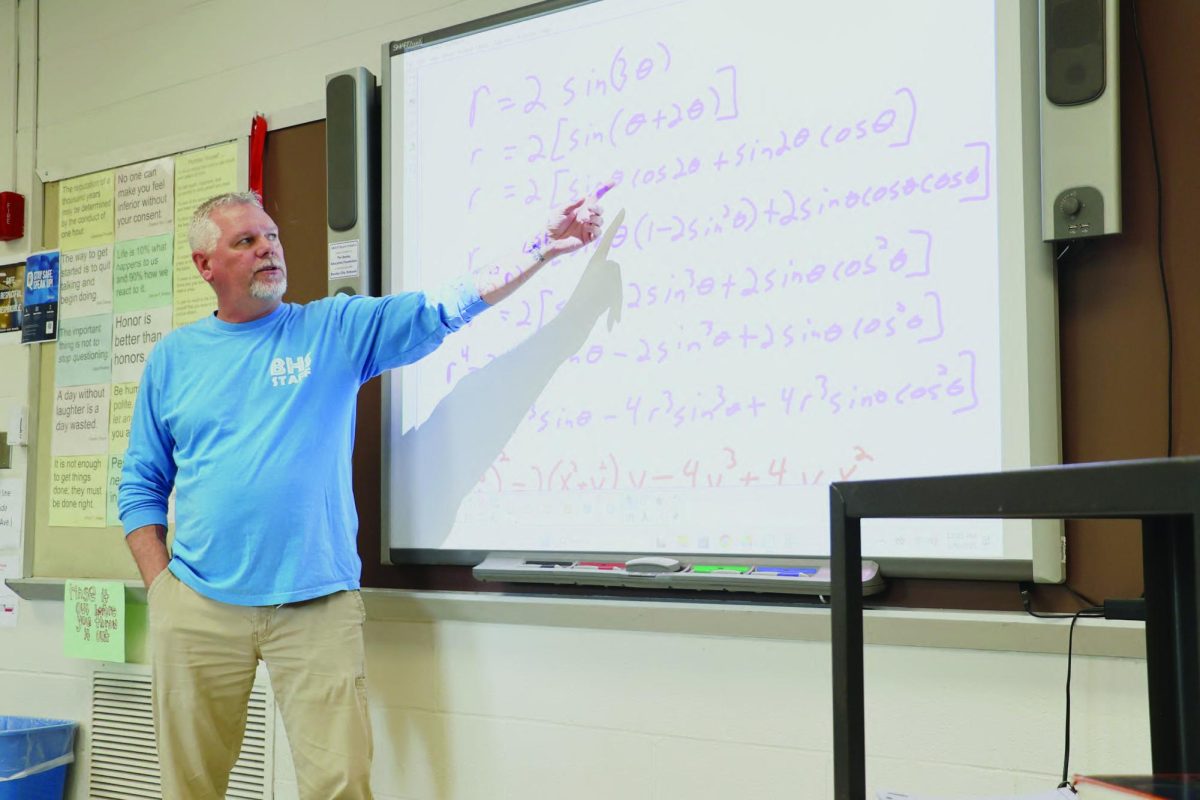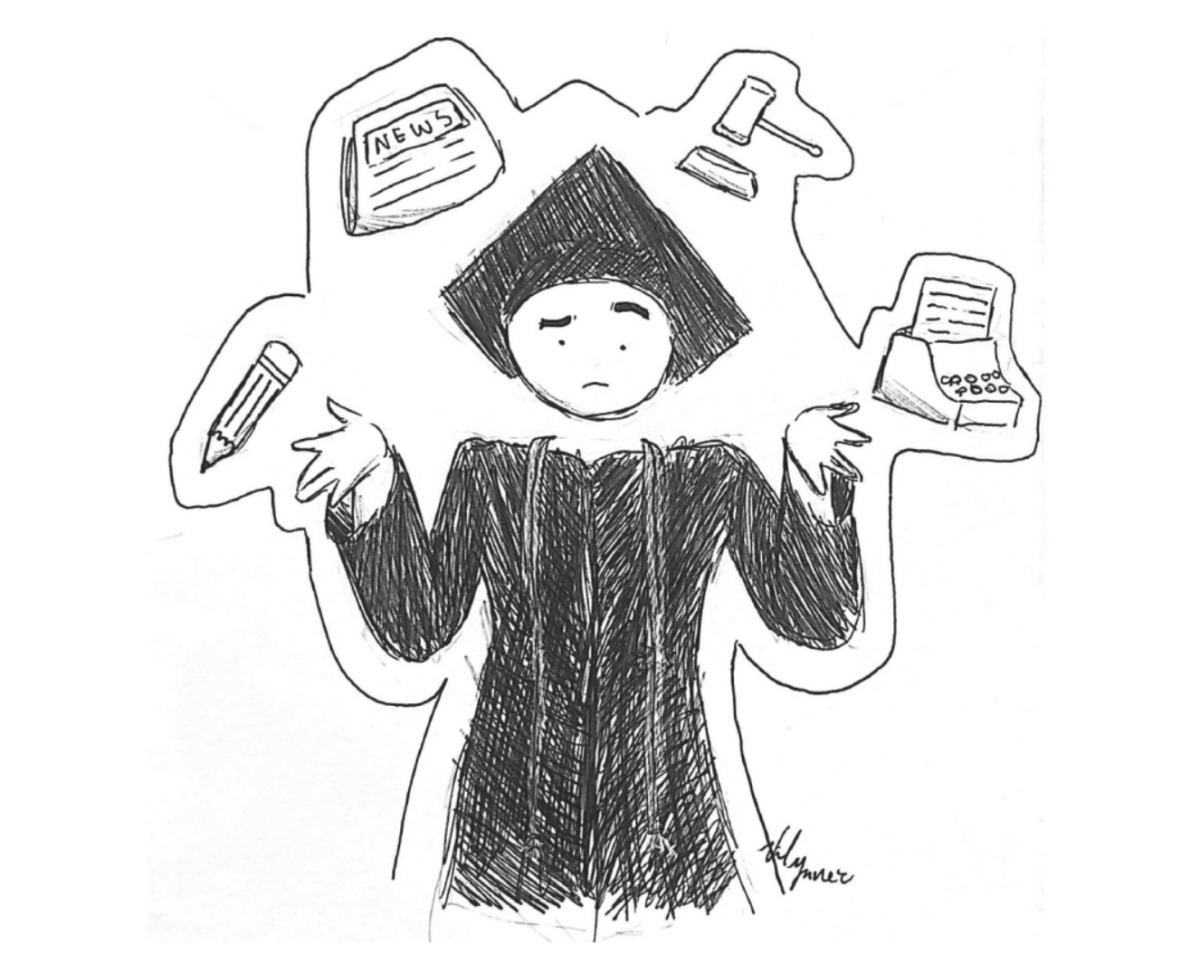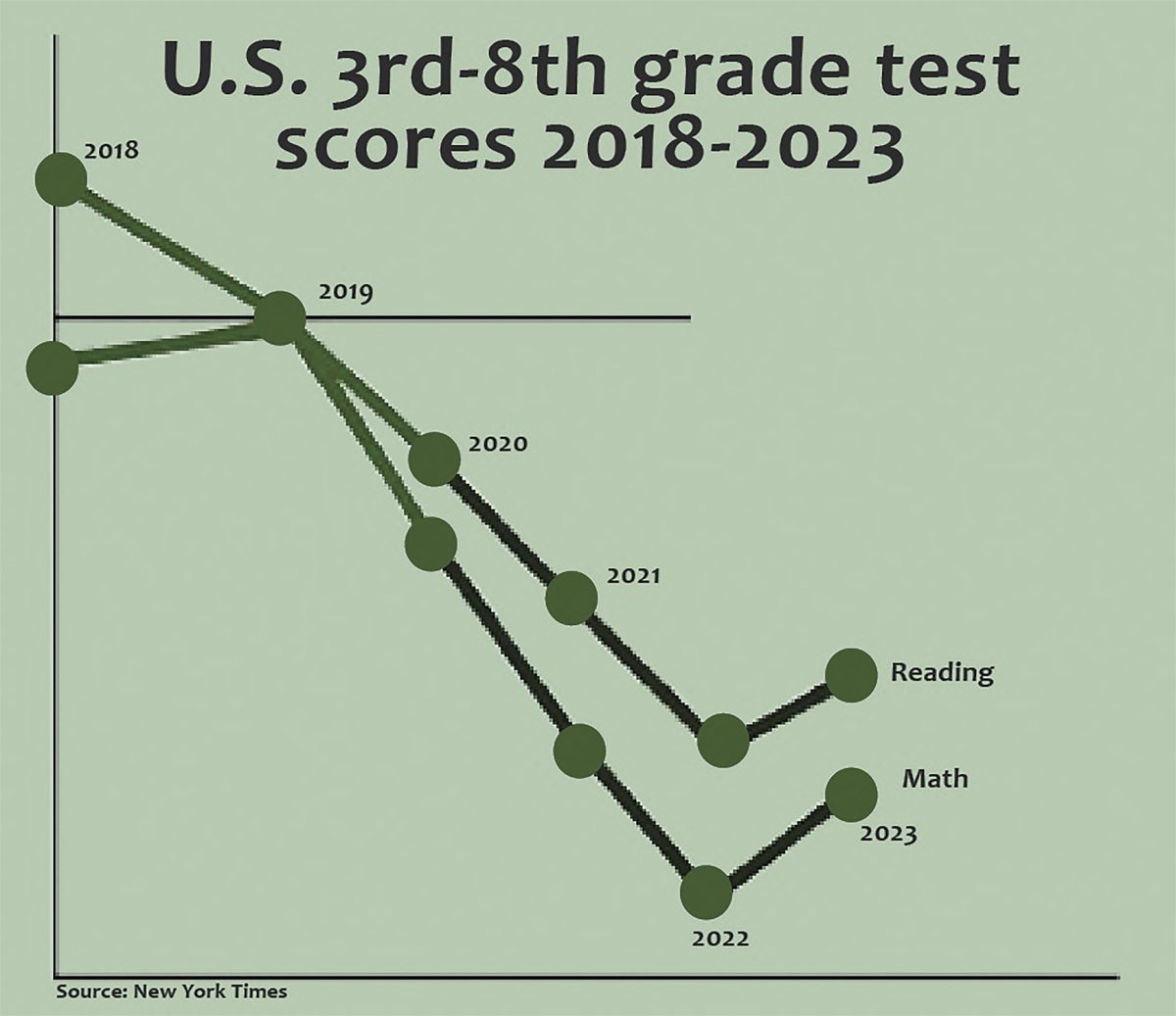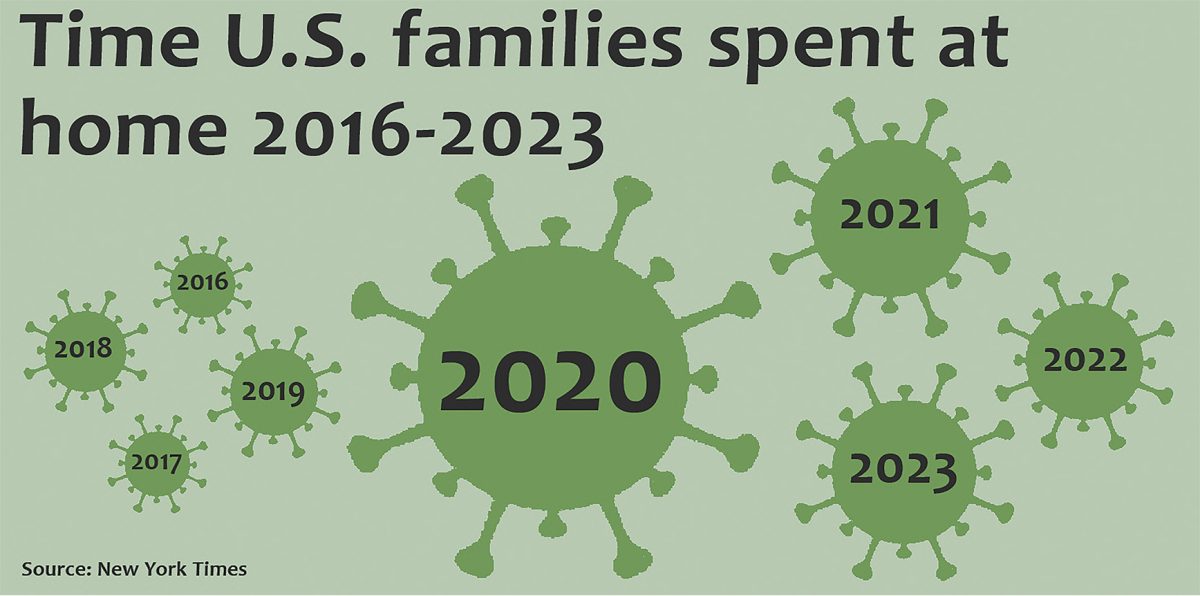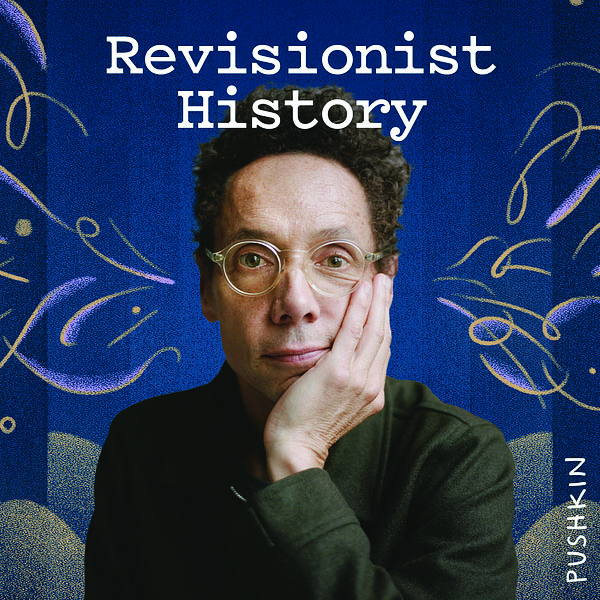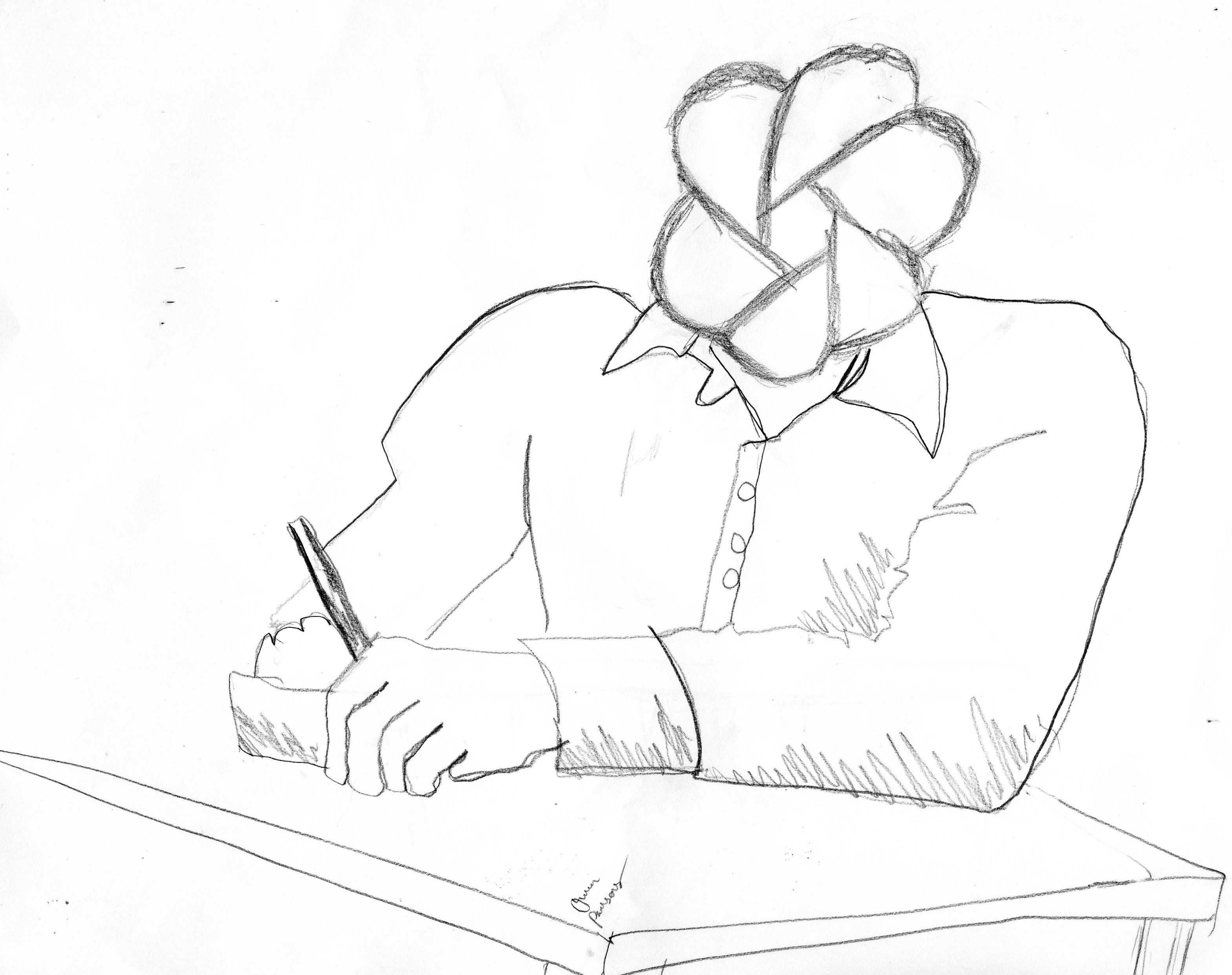
The pioneering of technological development proves to be a double-edged sword in its role in education. On one front, AI is utilized by teachers to create lesson plans and grade students’ work more efficiently and by students to edit their writing and provide more accessible free tutoring resources. However, there is a fine line between using AI as a tool and abusing it. Many students take advantage of the capabilities of AI, relying on it to take shortcuts that will have increasingly negative consequences.
AI can be extremely beneficial in academic settings used properly: it has already been incorporated by companies like Grammarly to give immediate, improved feedback on writing entries and by Khan Academy to offer students one-on-one tutoring and homework help. Additionally, AI can give students a starting place when they feel stuck in a writing rut, help them edit their papers and learn how to improve their writing or provide immediate, in-depth answers to questions they might not have the opportunity to ask their teachers.
The possible benefits are nearly limitless, but with that being said, as AI becomes more of a resource for students, many choose to take advantage of this tool to plagiarize and cheat.
As people turn to AI rather than completing assignments on their own, this powerful tool ultimately undermines students’ education and is far too easy to misuse. While some students may quickly turn to AI, which can complete assignments in a matter of seconds, this reliance on technology will have crippling, lasting effects on students’ time management skills, ethics and education as a whole.
When teachers assign students long-term research projects or writing assignments, it is in an effort to teach them a magnitude of skills which they will rely on in their future education and careers. Students may not immediately see the value of these skills, but when they use AI to complete these assignments, they are sabotaging their own education and blatantly disrespecting their teachers.
As AI continues to advance and students are granted more resources to cheat and plagiarize, anti-AI software is developing just as quickly, giving teachers and administrators a way to combat this struggle. Systems such as Turnitin have advanced AI-detection software for helping educators flag the use of AI and hold students accountable. The development of this technology is imperative because it is necessary that students are caught if they choose to abuse AI.
There are countless ways to use AI in a constructive, helpful manner without taking things too far. On the contrary, some choose to blatantly disregard the ethical concerns raised by too heavily relying on it to complete their assignments.
There is no doubt that AI will play a large role in the future of education, but it is up to both students and administrators to determine the function it will play and decide whether it will strengthen and improve or subvert and harm the education system.


